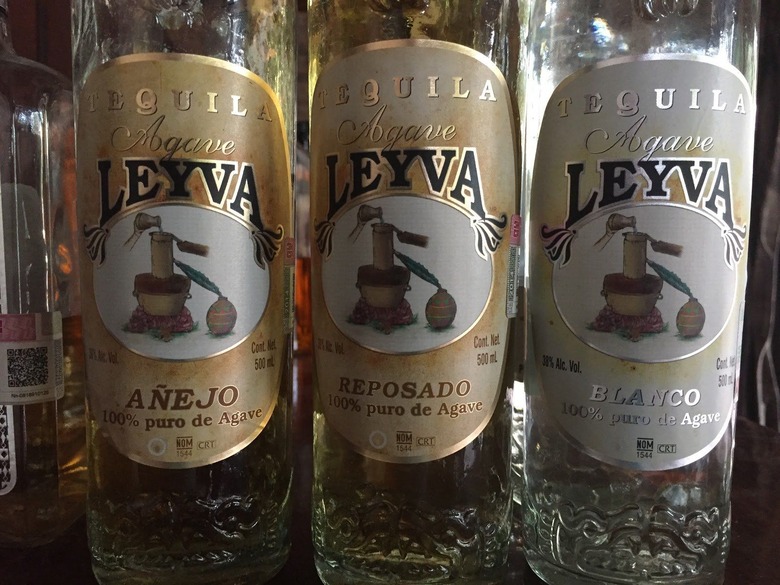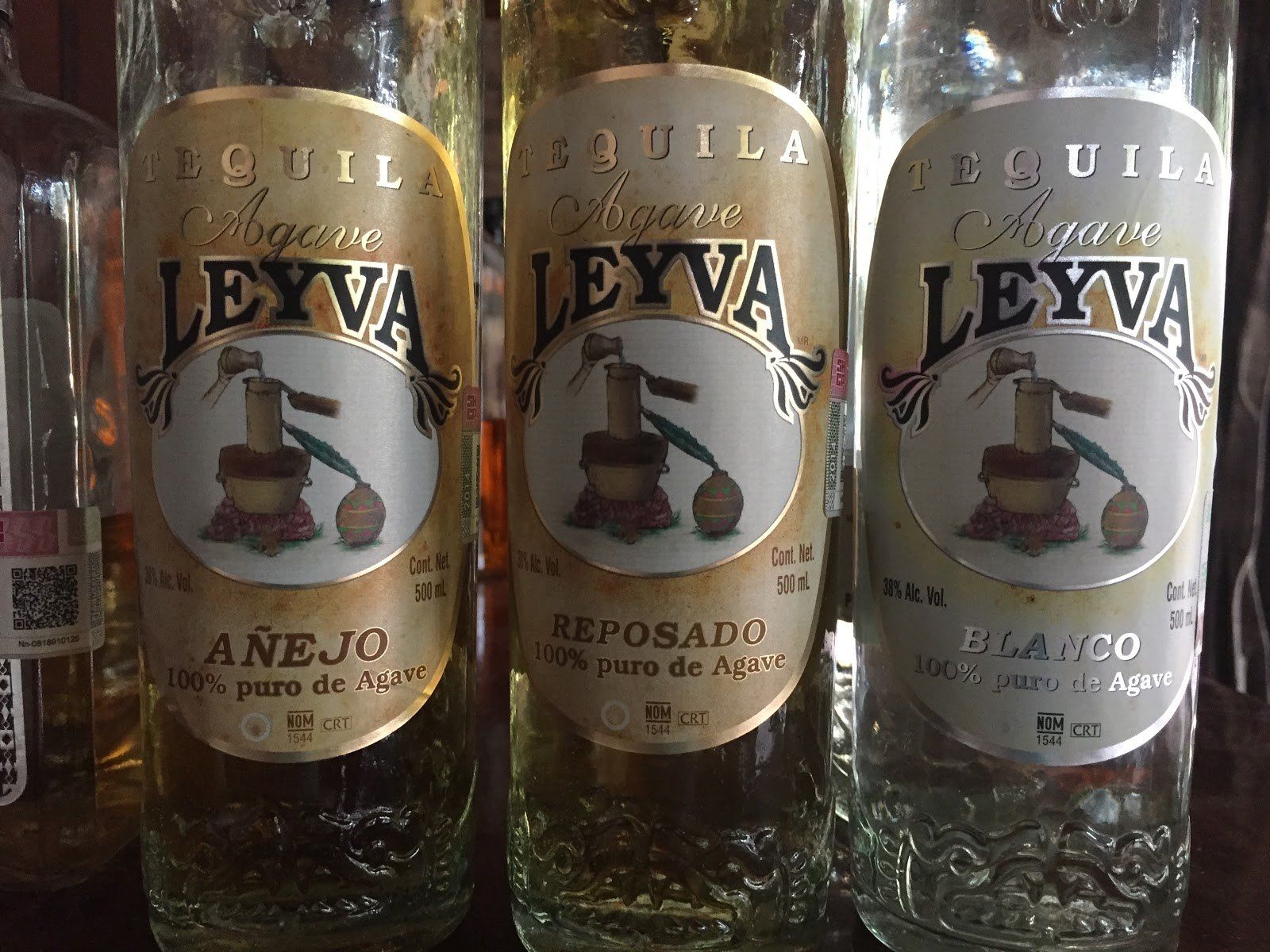Touring A Tequila Distillery In Puerto Vallarta
I have been caught up in the tequila craze of the last few years as much as the next man. In addition to having words like "añejo" and "reposado" permanently written into my consciousness, it has made me want to visit a tequila distillery to see the process from "soup to nuts," as it were.
On a recent media trip for the opening of the stunning W Punta de Mita, their "insider" (a kind of specialized concierge who is a repository of local knowledge) directed me to Tequila Mama Lucia in Puerto Vallarta. Puerto Vallarta is in the tequila-producing epicenter, the state of Jalisco. The great advantage to visiting this distillery is that it's in the Puerto Vallarta suburban area, rather than some far-flung corner of the state.
The taxi took me to a residential neighborhood two miles from Puerto Vallarta International Airport. The road was unpaved; chickens and stray dogs roamed the street. We pulled into a short driveway on what appeared to have been a fairly substantial hacienda in a former life. I was greeted by Francisco, who spoke good English and would be my guide.
There, right in the front garden, so to speak, was the rock-lined pit where it all begins. The Weber blue agave core is called the piña on account of it resembling a foot-long pine cone. Hundreds are placed in the pit and baked by wood-fired heat under a pile of earth heaped on top. Baking breaks down fructans to fructose, the sugar that can ferment to alcohol and carbon dioxide.
The liquid is drained out and fermented. Fermentation takes place in carboys and can take seven days. At the point of completion, alcohol by volume is only 4 to 7 percent (about the same range as beer). The high alcohol level of finished tequila comes from distilling the fermented agave up to around 38 percent alcohol. Distillation is carried out in an old-fashioned pot still and takes place twice to remove the less pleasant flavors and raise the alcohol level that high.
At that point, we have transparent tequila called "silver" or "blanco." This is the base level premium tequila that we see in stores. If, instead of being bottled immediately, it is aged in oak, then after two months it can be sold as reposado (rested) tequila. After 12 months, it can be called añejo. After three years, it can be called extra añejo.
Tequila Mama Lucia makes all of these types of tequila. They use American (white) oak for aging, like most tequila producers. I notice, as is typical of tequila, how drastic the change in character is as the product ages in oak. The silver is harsh, sometimes described as "battery acid." (I wonder how many of those critics have actually swallowed battery acid). Añejo, by contrast, is soft, complex, and alluring. Reposado is, predictably, in between.
Such is the authenticity of Tequila Mama Lucia that you can only get its tequila in the U.S. by bringing it back yourself.
The tour and tasting was fun and instructive. I recommend that you arrange a visit to Tequila Mama Lucia on your next visit to Puerto Vallarta.


